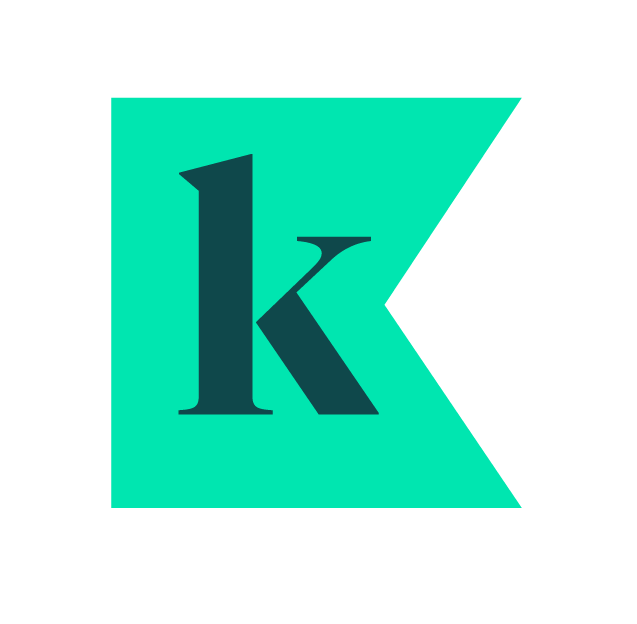One of our intentions when starting up Kindred was to make our business as meeting-light as possible, and to take an experimental approach to keep us true to this.
Work was already meeting-heavy before the pandemic. According to Doodle, time spent in meetings has increased by 10% every year since 2000, and worldwide, more than 2.8 million years of employee time is wasted in pointless meetings every year.
We’re all guilty of “meeting-ising” work. A meeting often feels like the simplest way to progress something or reach a decision, and thanks to better tools, they’ve become irresistibly easy to schedule. The problem with this approach is that we’ve simply carried pre-digital working practices into today, rather than creating better ways to come together to get things done.
The great lunge to virtual working at the start of the pandemic may well have compounded the challenge. Discussions or decisions that previously happened informally started to occur through virtual meetings, turning the daily work routine into back-to-back video calls and further accelerating the “meeting-isation”.
Such an approach comes with a cost. Meetings take up precious time and energy, and can interrupt the flow of deeper work. And as more organisations start to experiment with hybrid working, the complexity around meetings is only increasing.
Diverse groups of employees, working in different places and potentially on different schedules will need to identify why, when and how to come together. Whilst all industries and organisations have their own dynamics, we’ve identified a few principles to help navigate this complexity and start unpicking the “meeting-isation” of work:
Approach meetings with purpose
Seth Godin has long argued there are three types of business meetings: those that are for sharing information, those that invite discussion or feedback to help direct, and those that are seeking permission for something. In reality, however, this purpose often goes unstated, and people find it hard to work out which type of meeting they’re in. In fact the ubiquitous ‘catch up’ has the unique beauty of having achieved its aim purely by having happened at all (we met, we caught up, job done).
In her book, The Art of Gathering, Priya Parker laments how meetings have become ritualised and hollow. What is fundamentally a human challenge – how to bring people together in a way that is meaningful, interesting or thought-provoking – becomes a logistical one – focused on attendees, PowerPoint and AV. One of the benefits of having a clear purpose for your meeting is that it enables you to make active decisions on who to include and (often more importantly) who to exclude.
In a hybrid working environment the need for clarity on why a meeting is happening, and why it’s happening in the way that it is, becomes ever greater. For Kindred, this has meant explicitly anchoring all our regular meetings on a single topic of discussion, an agenda or agreed format, and a desired outcome. Then we can be confident on who needs to be there and how.
Make more of time together
The move away from fully remote working and towards a hybrid model means the opportunity for face-to-face meetings is with us once again. Historically a working norm, meeting in person now has a whole new set of considerations. Even when safety can be largely assured, bringing people together can mean additional time and cash costs that feel harder to justify now remote working has been proven.
Our answer is to focus not on the cost of meeting in person, but on the value. This means treating time together as something precious, and an opportunity to undertake ‘bursts’ of collaborative work to move things forward. For Kindred, this practice has involved meeting for longer (a couple of days), less frequently (about once a month) and with more structure and preparation (working sessions, guest speakers), such that we can set ourselves up for success in the time in between.
To generate real value in coming together, it’s not all about collective “get sh*t done” productivity. High performing teams are 25% more likely to create space to connect on non-work topics to build trust on a deeper level. Stronger relationships yield better teamwork later on.
Support asynchronous working
Whilst direct interaction and connection has unique value, it doesn’t mean that just because we can get together, we always should.
Starting a business in 2020 forced the Kindred team to quickly get comfortable with remote and asynchronous working. And whilst it began as necessity, it’s become a core part of how we get things done.
Platforms such as Notion, Trello and Slack all play a role here, allowing us to avoid fixed meetings in favour of ongoing conversation, ultimately gaining the same outcome but without the same commitment of time and energy. Our daily check-in call switched to a ‘#today-I-am’ Slack channel early on, and we haven’t looked back.
What’s more, choosing to keep some of the asynchronous working practices we picked up during the pandemic has allowed greater freedom and flexibility to personal circumstance. Our people can still do the nursery drop-off or take a walk without forcing a whole diary-full of meetings to make way.
By being more intentional with how and when we come together, we have the opportunity to reinvent the role that meetings can play in bringing variety, freeing up time, fostering inclusion and, ultimately, becoming far more effective.
If making these changes and embracing a hybrid working environment feels like too big a challenge for you to face alone, we can help. Get in touch and let us help you write the future of work.


